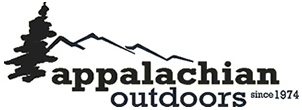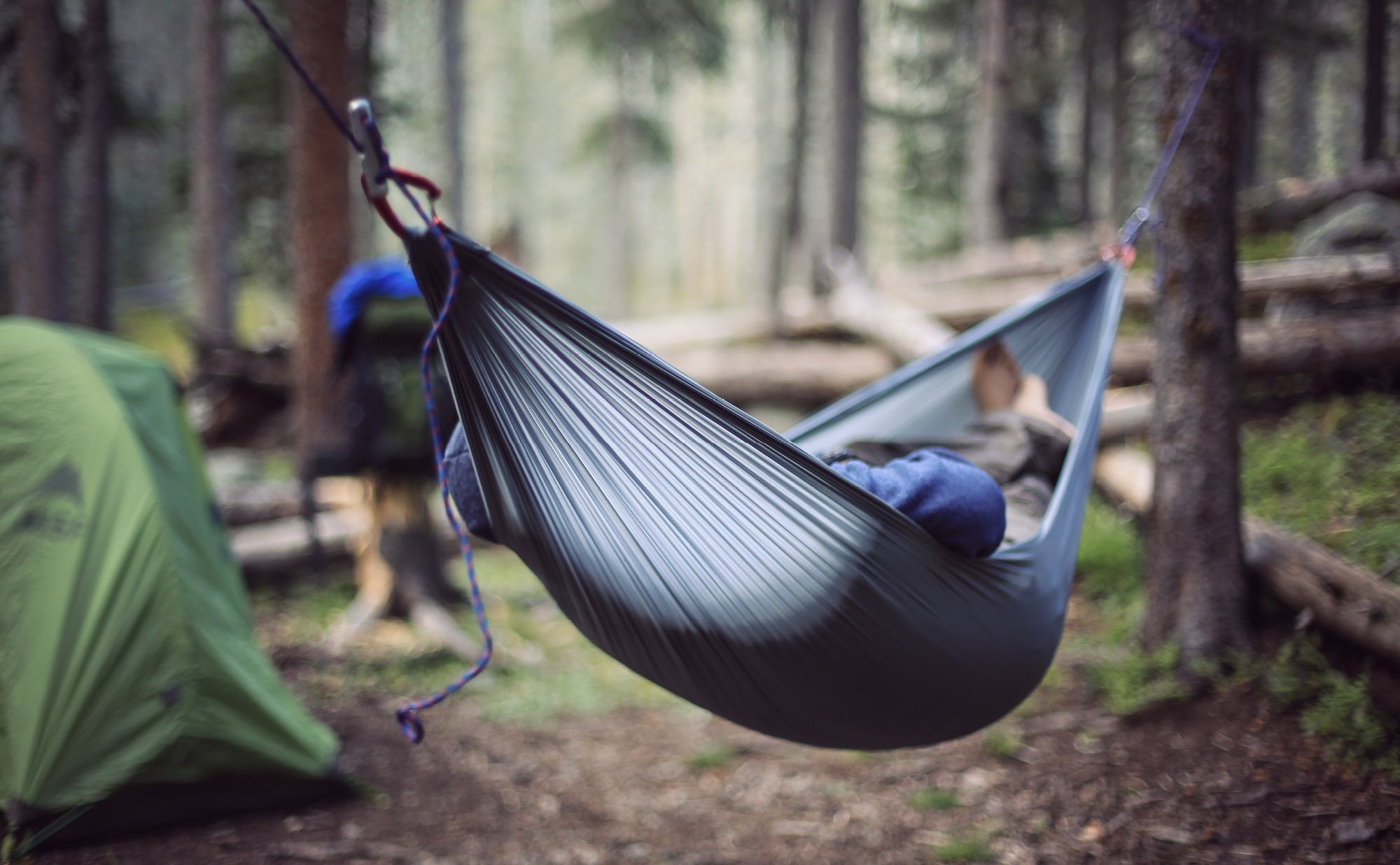By: Bart Beck
Hammocks have been around for some time now, at least since before Columbus sailed the ocean blue. These hanging beds are now part of the collective imagination; you can probably picture sailors on a ship rocking to sleep in them or somebody taking in the Caribbean sunset from its vantage. Nowadays, you are probably just as likely to picture a group of college students laying in them as you are to picture the cast of Gilligan’s Island. Recently, these gems of the past have captivated festival goers and outdoorsman and there’s good reason for it. Here are six reasons you should consider using a hammock on your next camping trip:
-
What’s Underneath Doesn’t Matter
When you don’t know what the terrain is going to look like, but you know there will be plenty of trees, a hammock is the perfect camping method. This is especially useful in rocky, uneven terrain. Pennsylvania is known for rocky trails with campsites that can be small and sparse; sleeping in a hammock ensures that you won’t have to spend time searching out clear level areas to set up camp.
-
Light & Packable
Let’s face it, even the lightest backpacking tent has some weight and is bulky. As long as you know that there will be place to hang a hammock, you can avoid that extra bulk and weight. A Single Nest from ENO comes in at 17 ounces, while a Nano 7 from Grand Trunk weighs less than half a pound. Granted, those weights only account for the hammock and not the necessary straps or add-ons like rainflys and bugnets, but with proper planning, you can have quite the light, compact setup.
-
Quick & Easy
With as little as two straps and the hammock, setting up and taking down your hammock is a breeze. The addition of a rainfly adds a little more effort to the situation; however, staking out a couple of guylines isn’t difficult at all. One should note that setting up a hammock and rainfly does come with a little bit of a learning curve, but with a little bit of practice, you’ll be getting the perfect hang in no time.
-
Versatility
Hammocks can be set up with or without a multitude of options such as rainflys, bugnets, underquilts, or sleeping pads. The list is quite extensive and can be modified depending on location, weather, and other variable conditions.
A versatile backpacking option is to carry a light ground cloth and sleeping pad. These can be used in combination with your hammock and rainfly or on their own when adequate trees are not available. Simply use a pair of trekking poles to set up the fly and sleep on the ground underneath it.
Not only are hammocks great for sleeping in, they also make a great alternative to a chair. Whether you’re trying to set up a quick afternoon relax between classes or a spot for reading during a hike, hammocks beat sitting on the ground any day.
-
Environmental Impact
With the proper tree selection, hammocks have very little impact on the environment. Traditional camping arrangements cause large areas to be cleared of vegetation and the soil to be compacted, leading to run off and the inability of vegetation to return. With hammocks, these impacts are greatly reduced. You should still be concerned with its environmental toll on the trees, however. To lessen this impact, only attach to large trees (no saplings or other small trees that move under weight) and use a wide diameter webbing to reduce scarring of the tree. You can also place a piece of foam or other fabric between the straps and tree to further reduce friction.
-
Novelty
The same old, same old gets boring, and they say that variety is the spice of life. I’m not saying that you should get rid of your tent and never use one again, but having options is great. Besides that, hammocks are just plain fun!
If this information has piqued your interest and you’re looking to delve deeper into the topic, join Joe Saunders at the store this evening (Wednesday, April 4th) from 7-8 pm for a Free U on Hammock Camping. There will be snacks, loads of information, and plenty of time to field some questions.

